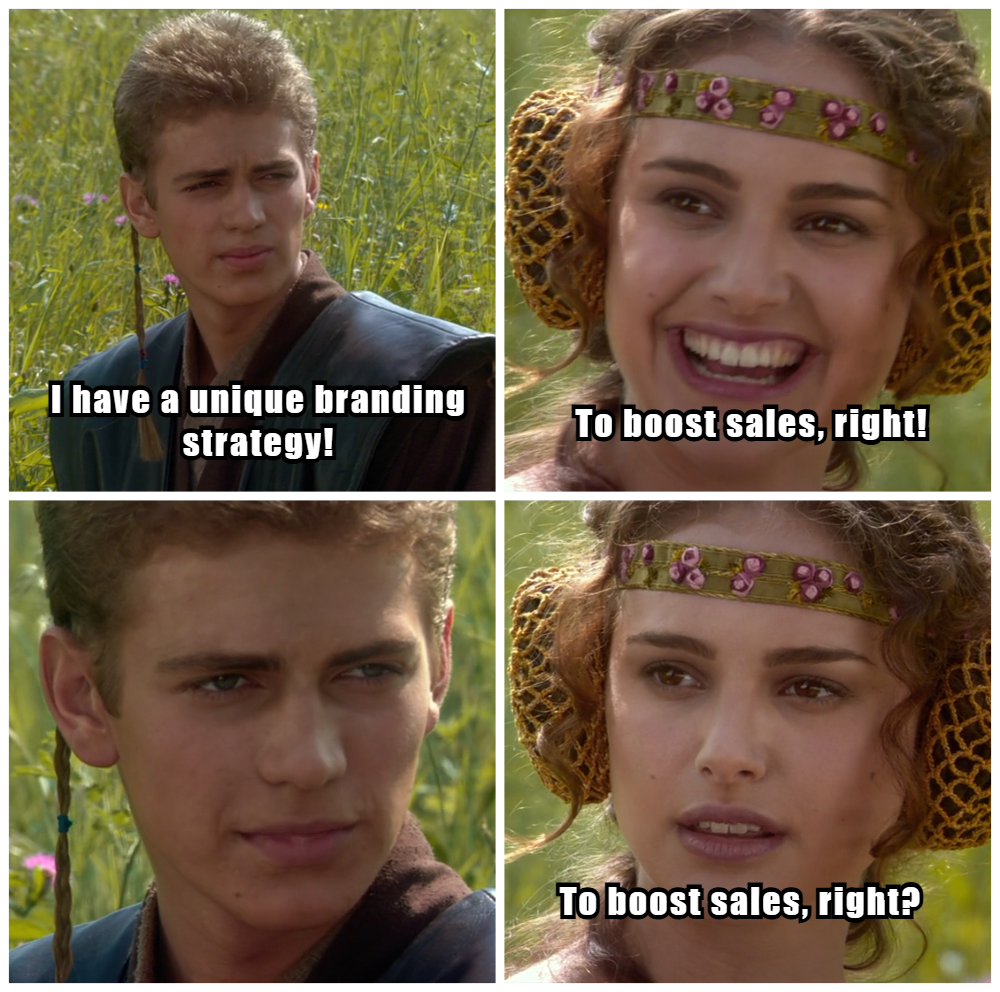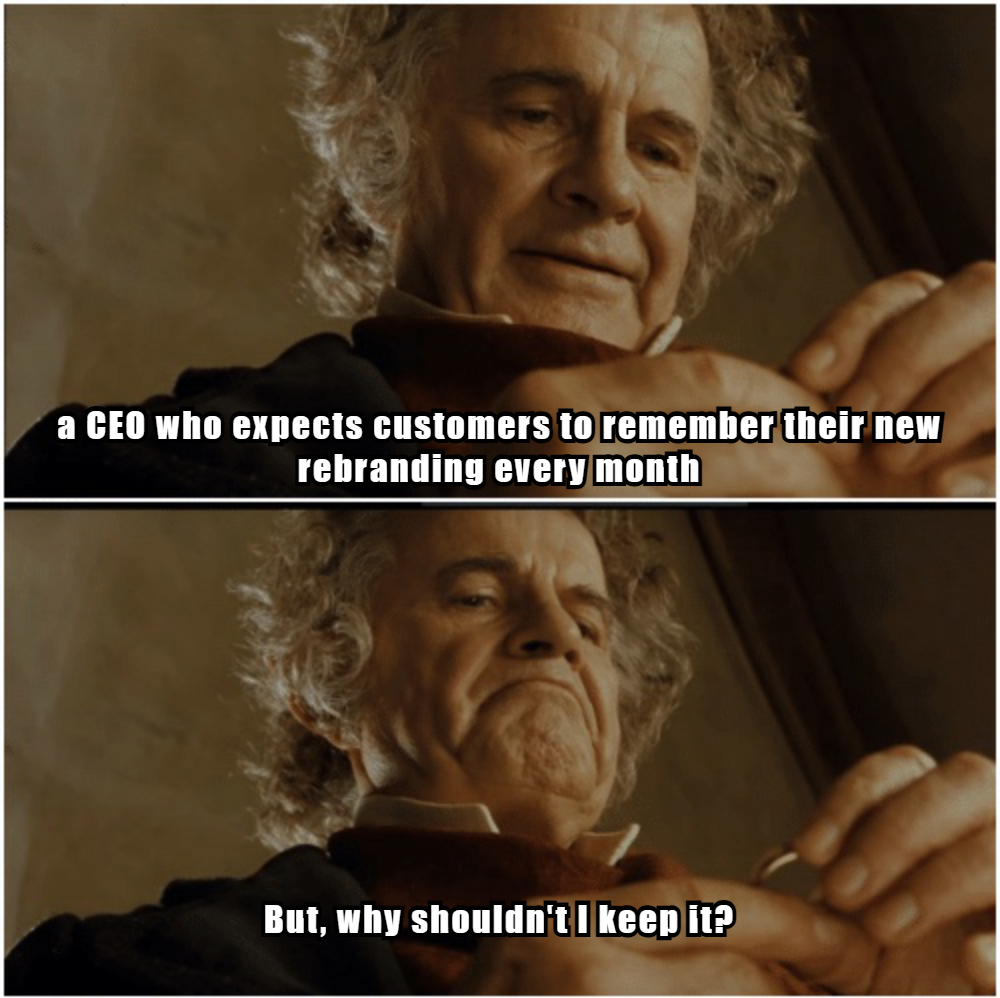In today’s fiercely competitive business landscape, a robust brand isn’t just an asset—it’s a necessity for survival and success. Yet, many companies stumble when it comes to crafting and implementing effective branding strategies. These missteps can have far-reaching consequences, from confusing potential customers to missing out on valuable opportunities, and in worst-case scenarios, even tarnishing a company’s hard-earned reputation.
In this comprehensive guide, we’ll dive deep into the most prevalent branding strategy mistakes that companies make. We’ll explore why these errors occur, the impact they can have on your business, and most importantly, provide you with actionable advice on how to sidestep these pitfalls. Whether you’re a startup just beginning to craft your brand or an established company looking to refine your branding strategy, this article will equip you with the insights you need to build a powerful, resonant brand that stands the test of time.
Understanding the Importance of Branding

Before diving into specific mistakes, it’s crucial to understand why branding matters. A well-executed branding strategy can differentiate your company from competitors, build customer loyalty, and ultimately drive business growth. In fact, consistent brand presentation across all platforms can increase revenue by up to 23%.
Branding is more than just a logo or color scheme; it encompasses everything from your company’s values and mission to the way you communicate with customers. It’s the foundation upon which all your marketing efforts are built.
Mistake 1: Failing to Define a Clear Brand Identity

One of the most common branding strategy mistakes is not having a clear, well-defined brand identity. This oversight can lead to inconsistent messaging and confusion among your target audience.
To avoid this mistake:
- Develop a comprehensive brand strategy that outlines your brand’s purpose, values, and unique selling proposition.
- Create detailed brand guidelines that cover everything from visual elements to tone of voice.
- Ensure all team members understand and can articulate your brand identity.
For example, Uber’s rebranding efforts in 2016 were initially met with confusion and criticism. However, their subsequent rebrand in 2018 was more successful because it included clear brand guidelines for layout, tone of voice, custom typography, and photography standards.
Mistake 2: Inconsistent Brand Messaging
Consistency is key in branding. Inconsistent messaging across different platforms and touchpoints can weaken your brand and confuse your audience.
To maintain consistency:
- Develop a clear brand voice and stick to it across all communications.
- Use the same visual elements, including logos, colors, and fonts, consistently.
- Train all employees on your brand guidelines to ensure consistency in customer interactions.

Coca-Cola is an excellent example of consistent branding. Their iconic red and white color scheme and distinctive bottle shape are instantly recognizable worldwide.
Mistake 3: Neglecting Your Target Audience
Another critical mistake is failing to understand or consider your target audience when developing your branding strategy.
To avoid this:
- Conduct thorough market research to understand your audience’s needs, preferences, and pain points.
- Develop buyer personas to guide your branding and marketing efforts.
- Regularly gather and analyze customer feedback to refine your branding strategy.
For instance, Colgate’s attempt to launch frozen beef lasagna in the 1980s failed spectacularly because it didn’t align with its established oral hygiene brand and confused its target audience.
Mistake 4: Overcomplicating Your Brand

In an attempt to stand out, some companies overcomplicate their branding, leading to confusion and diluting their message.
To keep your brand simple and effective:
- Focus on a clear, concise brand message.
- Use simple, memorable visual elements.
- Avoid industry jargon and complex language in your communications.
Apple is a prime example of a brand that embraces simplicity. Their minimalist design aesthetic and straightforward messaging have contributed significantly to their success.
Mistake 5: Ignoring the Power of Emotional Connection
Brands that fail to forge an emotional connection with their audience miss out on a powerful tool for building loyalty and advocacy.
To create an emotional connection:
- Tell your brand story in a compelling way.
- Focus on the benefits your products or services provide, not just their features.
- Use emotive language and imagery in your branding materials.
Nike’s “Just Do It” campaign is a perfect example of branding that creates an emotional connection. It inspires and motivates their audience, going beyond just selling athletic wear.
Mistake 6: Failing to Evolve Your Brand

The business landscape is constantly changing, and brands that fail to evolve risk becoming irrelevant.
To keep your brand fresh and relevant:
- Regularly review and update your branding strategy.
- Stay informed about industry trends and consumer preferences.
- Be willing to make changes when necessary, but ensure they align with your core brand identity.
Starbucks has successfully evolved its brand over the years, expanding from a coffee shop to a “third place” between home and work, while maintaining its core identity.
Mistake 7: Underestimating the Importance of Brand Guidelines
Many companies create brand guidelines but fail to enforce them consistently, leading to brand dilution.
To leverage your brand guidelines effectively:
- Make them easily accessible to all team members and partners.
- Regularly train staff on how to use the guidelines.
- Implement a review process to ensure all branded materials adhere to the guidelines.
Uber’s brand guidelines, which include detailed instructions on layout, tone of voice, and visual elements, demonstrate the importance of comprehensive and well-enforced brand guidelines.
Mistake 8: Neglecting Digital Branding
In today’s digital age, failing to extend your branding strategy to online platforms can severely limit your reach and impact.
To strengthen your digital branding:
- Ensure your website and social media profiles align with your overall brand identity.
- Develop a content strategy that reflects your brand voice and values.
- Engage with your audience consistently across all digital platforms.
Airbnb’s successful digital branding strategy, which includes a user-friendly website and app, engaging social media presence, and consistent messaging across all platforms, showcases the power of effective digital branding.
Mistake 9: Overlooking Employee Branding
Your employees are your brand ambassadors, and neglecting to involve them in your branding strategy is a missed opportunity.
To leverage employee branding:
- Educate employees about your brand values and mission.
- Encourage employees to share their experiences and insights about the company.
- Recognize and reward employees who exemplify your brand values.
Companies like Zappos have successfully integrated employee branding into their overall strategy, resulting in increased employee engagement and positive brand perception.
Mistake 10: Ignoring Brand Metrics and Analytics
Failing to measure the effectiveness of your branding efforts can lead to wasted resources and missed opportunities for improvement.
To leverage brand metrics:
- Identify key performance indicators (KPIs) for your branding efforts.
- Regularly track and analyze these metrics.
- Use the insights gained to refine your branding strategy.
For example, Coca-Cola uses various metrics, including brand awareness, customer loyalty, and market share, to continuously evaluate and improve their branding strategy.
By avoiding these common branding strategy mistakes, you can build a stronger, more effective brand that resonates with your target audience and drives business growth. Remember, branding is an ongoing process that requires consistent effort, analysis, and refinement.
Conclusion
In conclusion, avoiding these common branding strategy mistakes requires careful planning, consistent execution, and ongoing evaluation. By focusing on creating a clear, consistent, and emotionally resonant brand identity, you can build a strong foundation for your business’s success. Remember, your brand is one of your most valuable assets – treat it with the care and attention it deserves.
FAQ
Q1: How often should I review my branding strategy?
A: It’s recommended to review your branding strategy at least annually. However, you should also be prepared to make adjustments in response to significant market changes or business developments.
Q2: Can a small business benefit from a branding strategy?
A: Absolutely! A well-defined branding strategy can help small businesses stand out in competitive markets and build customer loyalty, which is crucial for growth.
Q3: How do I measure the success of my branding efforts?
A: Key metrics include brand awareness, customer loyalty, market share, and brand equity. You can measure these through surveys, social media analytics, sales data, and customer feedback.
Q4: Is it necessary to hire a branding agency?
A: While not always necessary, a branding agency can provide valuable expertise and fresh perspectives. However, many businesses successfully develop their branding in-house with careful research and planning.

